Fearless and loyal, the Border Terrier is an active breed and is a brilliant escape artist

Border Terrier Spotlight
- Obedient and likes to please
- Chases and hunts small vermin such as rodents
- Loves children and families
- Escape artist and tends to wander
- Needs to have his or her coat stripped four times per year
- Fast runner and a lot of energy
- Does well wth other dogs
- Sturdy working coat & weather resistant
History
The Border Terrier originated in the 18th century on the border of Scotland. This breed was originally bred to help farmers fight the battle with foxes on their land. In fact, farmers used the Border Terrier to slide into the fox holes and drive the foxes out of them and off of their land.
The breed was well-known within England and prized by the residents there. Even though the Border Terrier was popular in England, he was not well-known anywhere else in the world. This breed was first recognized in 1920 by the England Kennel Club and the breed gained popularity from that point on.
The Border Terrier was registered within the United States in 1930. The Border Terrier ranks 83rd in the list of popular dog breeds according to the American Kennel Club.
Personality & Temperament
The Border Terrier is a happy dog with a huge personality that you are sure to quickly fall in love with. This breed gets along well with children and other pets in the household. You do need to keep your eye out because the Border Terrier will chase small animals and their prey drive is high.
This small dog breed is not known to be aggressive at all. The breed does thrive on attention and will seek it out from you, but you do not have to worry about your Border Terrier being too overbearing or walking on your heels all day long.
The Border Terrier is known to be quite vocal and will bark quite a bit, but should not be used as a watch dog due to his or her friendly nature.
Appearance & Grooming
The Border Terrier is considered to be a medium build dog, but is hardy and strong. He or she stands at 13 to 16 inches and weighs 12 to 16 pounds. The breed does not have broad shoulders and is considered to be quite narrow in the shoulder and chest portion of his or her body. The Border Terrier has long legs and an “otter” shaped head that sets him or her apart from other breeds. The skin on your pup fits loosely and is thick, which protects him or her from bites and injuries.
The coat on your Border Terrier is considered to be thick, wiry, and straight. Since this breed does have a double coat, it is important that you understand how to groom him or her properly. You will need to brush your pup’s coat at a minimum of once per week; however, the more you brush, the less mats and tangles that will occur.
You do need to have your Border Terrier’s coat stripped four times per year and this can be done at the groomer. In addition to the coat, you need to clean your pup’s ears once per week and trim his or her nails as needed to prevent overgrowth.
Health
Border Terriers are considered to be a healthy breed, but it is important that you make sure you work with a reputable breeder, otherwise, you may end up with a pup who is not healthy. Reputable breeders will test the parent dogs and puppies to ensure there are no health issues or concerns.
- Hip dysplasia - is a condition that is inherited from the parents and it is painful for your Border Terrier. This condition is common in many breeds and can occur in both small and large breeds. Hip dysplasia occurs when the hip joint and thigh bone do not properly fit and form together. The result is pain and sometimes arthritis. If your dog does have hip dysplasia, you will usually see signs of lameness in the affected region and your dog may become lethargic as getting up and laying down becomes difficult.
- Canine Epileptoid Cramping Syndrome - This is a condition that is known to affect Border Terriers, but it is a rather new condition. This condition occurs when there is random, yet intense episode of intestinal and muscle cramps. These episodes can last anywhere from a couple of seconds to up to 30 minutes per instance.
- Patellar luxation - is a knee dislocation in your canine. Border Terriers are prone to this condition and it is painful when the knee slips out of place. You will notice that your pup is experiencing problems because he or she will hold his or her leg off of the ground and may show lameness in the leg.
- Malocclusions - This is a condition that occurs when your dog’s jaws do not sit correctly or line up properly. When the condition occurs, your pup may either have an overshot bite, wry mouth, or an undershot bite. Each of these cause the jaw to be misaligned, which can cause problems when your Border Terrier attempts to eat or perform daily activities.
Exercise & Care
The Border Terrier is adaptable and will do well in a house or apartment. You do not have to worry about any type of space needs, as this breed will learn to adapt. It is important that your dog does receive exercise throughout the day or else he or she may become destructive within your home due to boredom.
If you do have a yard, it is important to note that this breed is a wanderer and will walk away from your home if not contained within your yard or on a leash.
In addition, this breed does dig a lot, so you should keep an eye on the fence line and stop your pup from digging when you notice him or her doing it. If you do not have a yard for your Border Terrier to run around in, you should, at minimum, take him or her on two 15-minute walks per day.
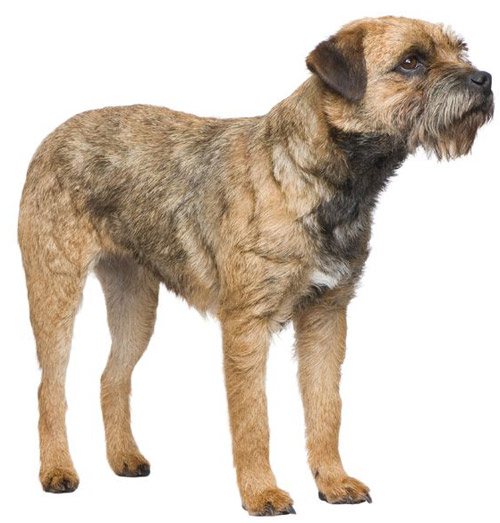
 England
England
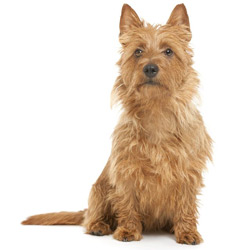
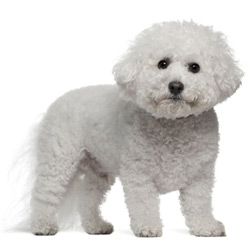
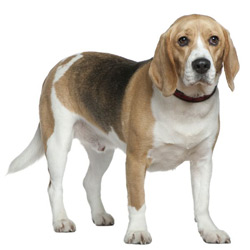
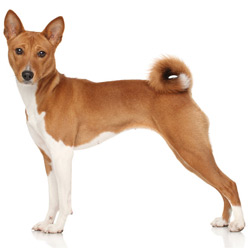
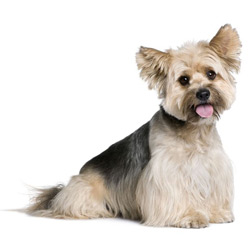
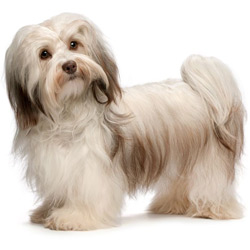
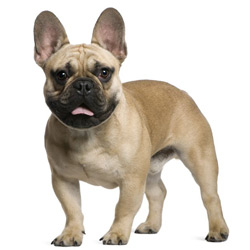
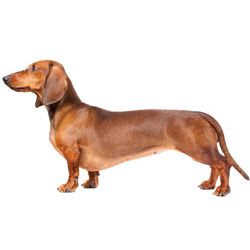
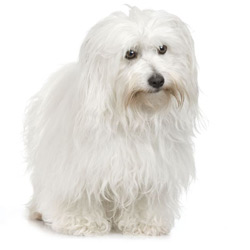
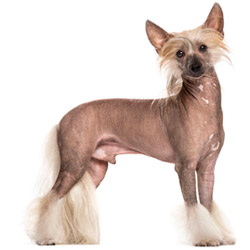
What do you think?